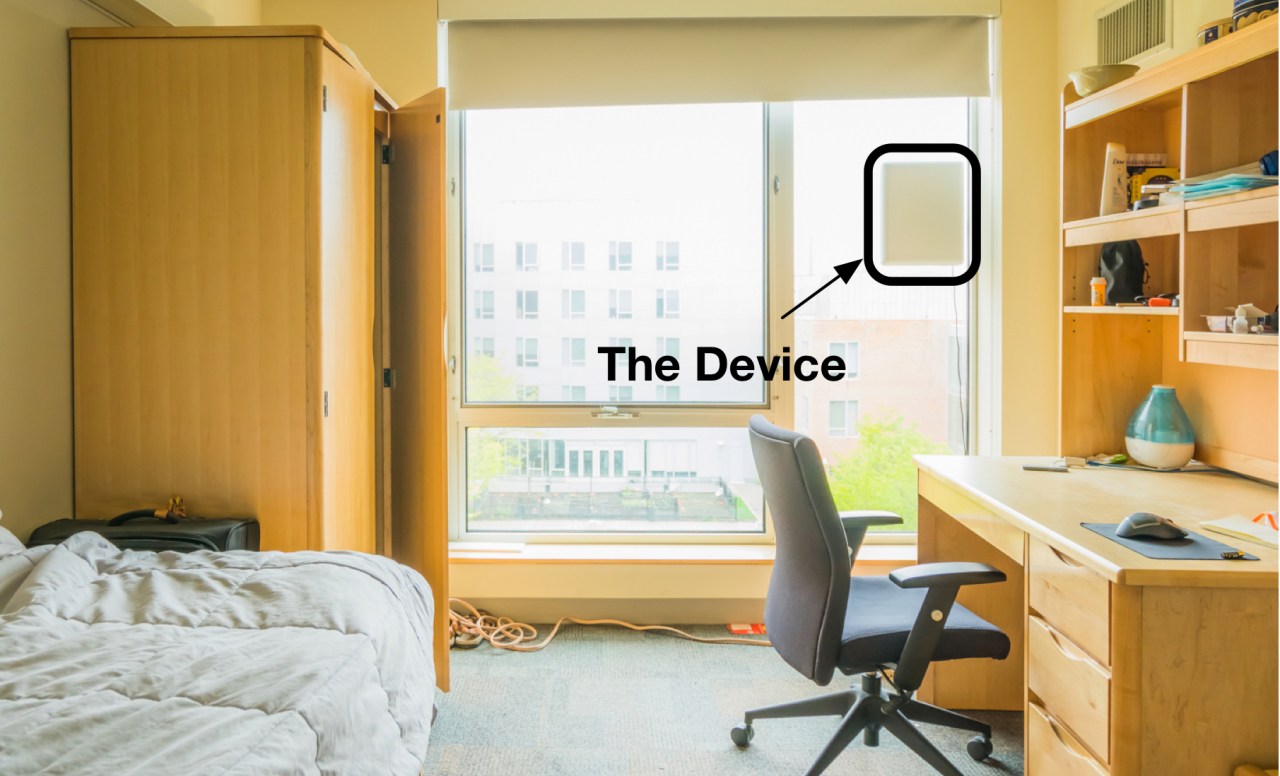Sleep, often referred to as the cornerstone of good health, remains a mystery in many ways. As we strive to optimize our nightly rest, the tools we use to understand our sleep patterns have traditionally depended on gadgets strapped to our wrists or placed under our pillows. However, researchers at MIT have introduced a game-changing concept that shifts our understanding of sleep monitoring into a new realm: wireless technology powered by radio waves. This groundbreaking development not only enhances the accuracy of sleep tracking but promises a method that prioritizes the comfort and convenience of users.
The Magic of Radio Waves: A New Era of Sleep Monitoring
Utilizing a method akin to echolocation, MIT’s research team has devised a system that employs low-power radio waves to monitor sleep. When these waves are emitted towards a sleeping individual, they bounce back and reveal essential physiological changes in the sleeper’s body. This ingenious application allows for the extraction of valuable information about the subject’s sleep stages, including light, deep, and REM sleep, as well as movement, breathing rate, and other vital signs.
Pioneering Research and Promising Results
In their innovative study, the researchers monitored 25 volunteers over a span of 100 nights, revealing that their system could detect sleep patterns with an impressive 80 percent accuracy—matching the performance of traditional EEG sleep tests. Lead researcher Professor Dina Katabi emphasizes the transformative nature of their work, stating, “Our vision was to have something we call ‘invisibles,’ a device that disappears into the background of your home, but at the same time, monitors any sort of health problems, just using wireless signals.” This revolutionary approach not only offers a more nuanced understanding of sleep but also does so without encumbering the user with wearables.
Beyond Simple Sleep Tracking: A Multifactorial Approach
The strength of MIT’s system lies in its comprehensive analysis of multiple sleep-related factors. Unlike wearables that primarily depend on accelerometer data to infer sleep stages, this innovative system gauges breathing, movement, and even pulse rate, thereby providing a more holistic view of one’s sleep health. Its low-power conditions ensure it can function efficiently even in diverse environments, making it an ideal candidate for home patient monitoring.
The Future: A Deeper Understanding of Sleep Disorders
Research into sleep is currently at the forefront of addressing a myriad of health issues, particularly concerning diseases such as Parkinson’s and Alzheimer’s, which demonstrate significant correlations with sleep patterns. As the MIT team progresses to study these connections, the implications for patient care could be monumental. Imagine a home environment where sleep quality is tracked with precision, leading to timely interventions and customized health plans.
Conclusion: The Dawn of a New Age in Sleep Monitoring
While it is essential to note that the MIT team’s work is still in its early stages—governmental approvals like those from the FDA will be needed for public use—the promise of wireless sleep monitoring stands on solid ground. By leveraging radio wave technology, we might soon have an unobtrusive solution to gain profound insights into our sleep health, leading to more effective treatments and fulfilled lives.
At fxis.ai, we believe that such advancements are crucial for the future of AI, as they enable more comprehensive and effective solutions. Our team is continually exploring new methodologies to push the envelope in artificial intelligence, ensuring that our clients benefit from the latest technological innovations. For more insights, updates, or to collaborate on AI development projects, stay connected with fxis.ai.

